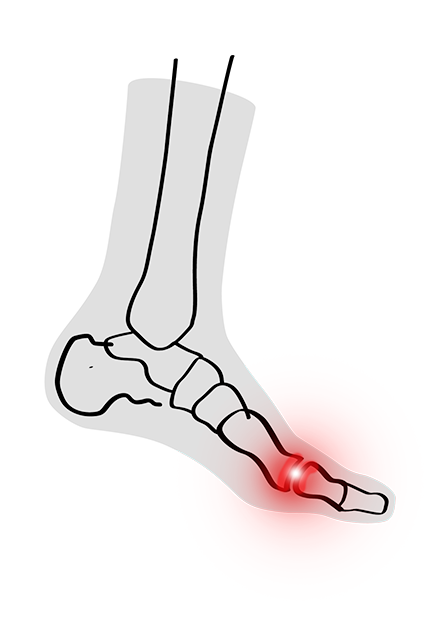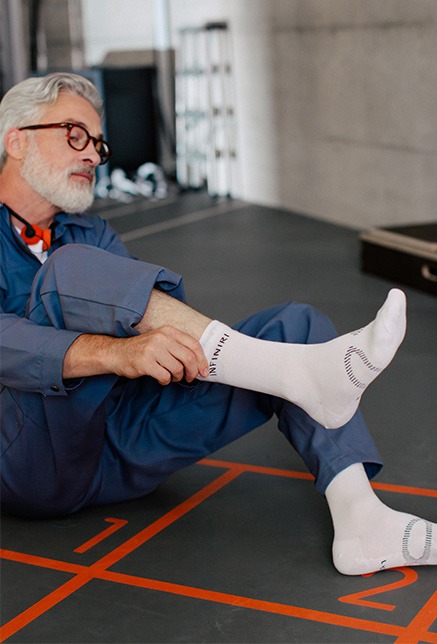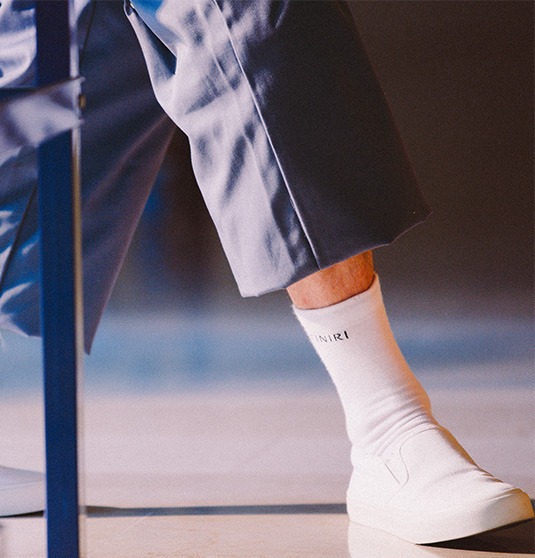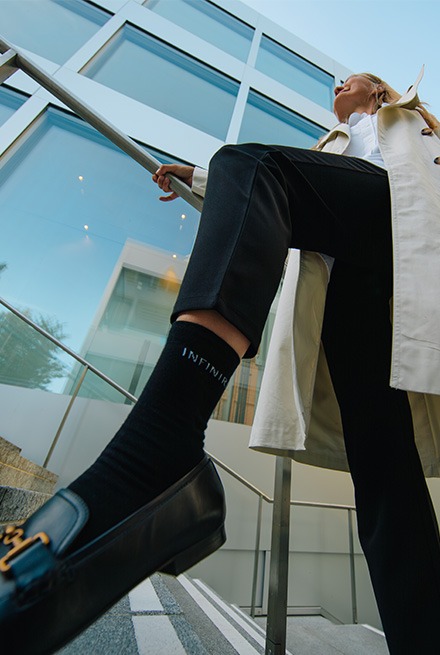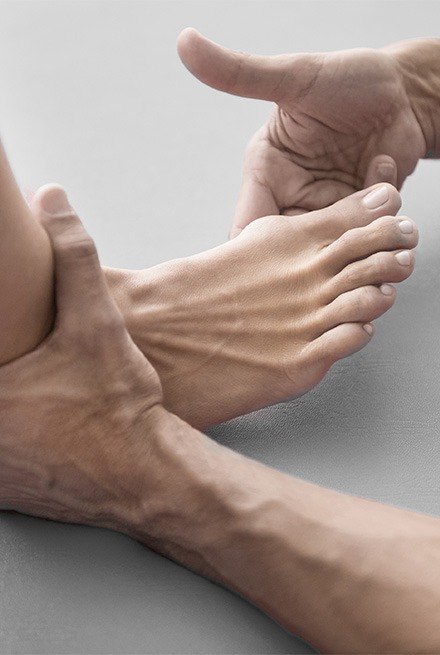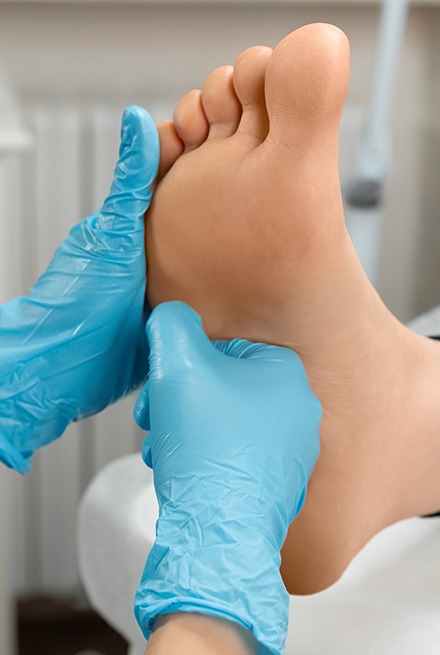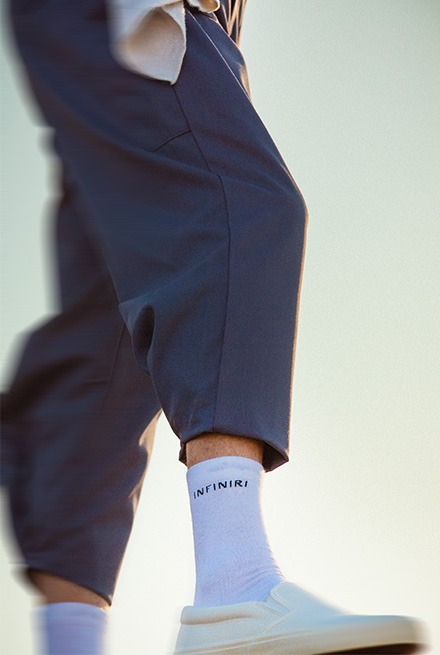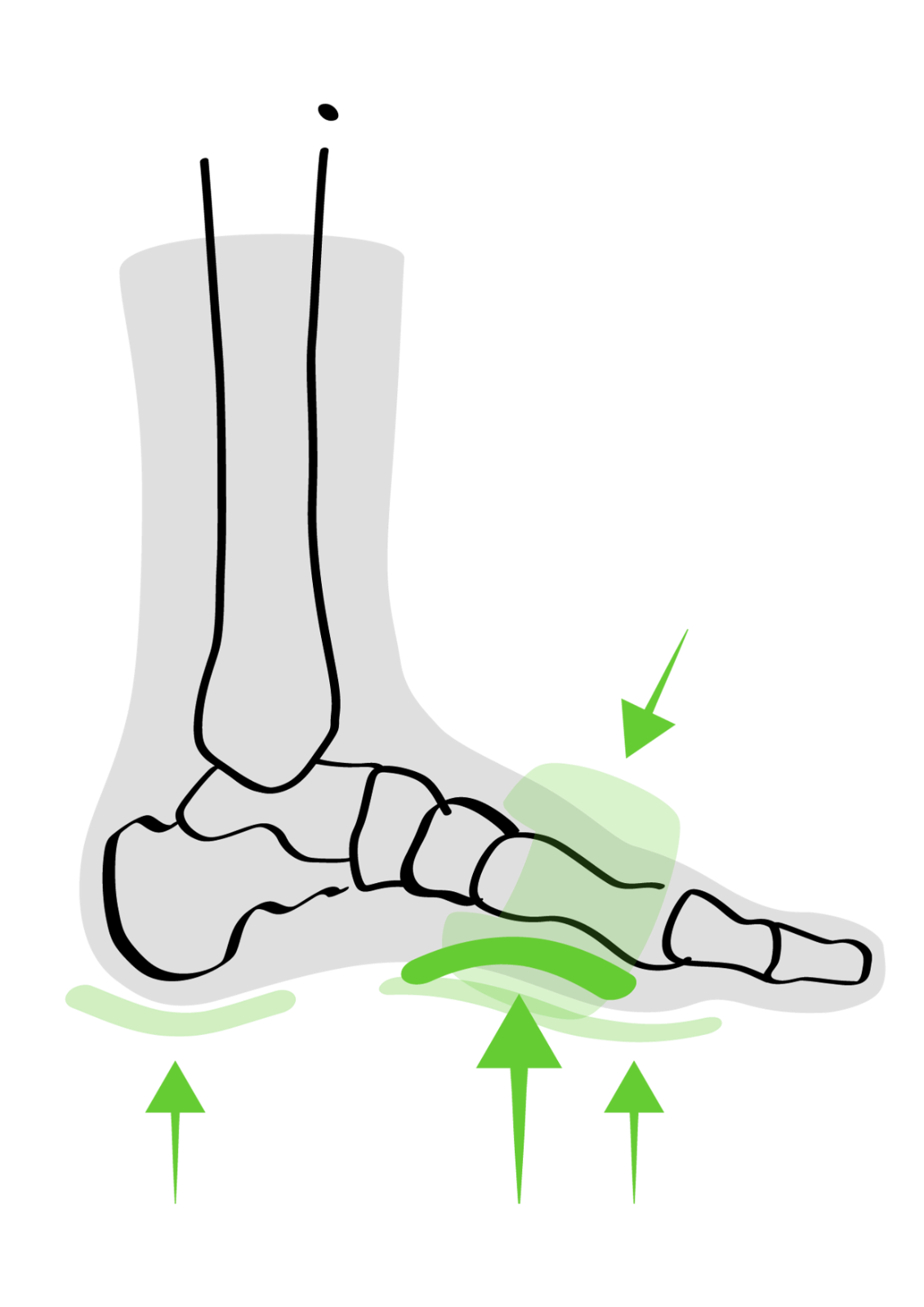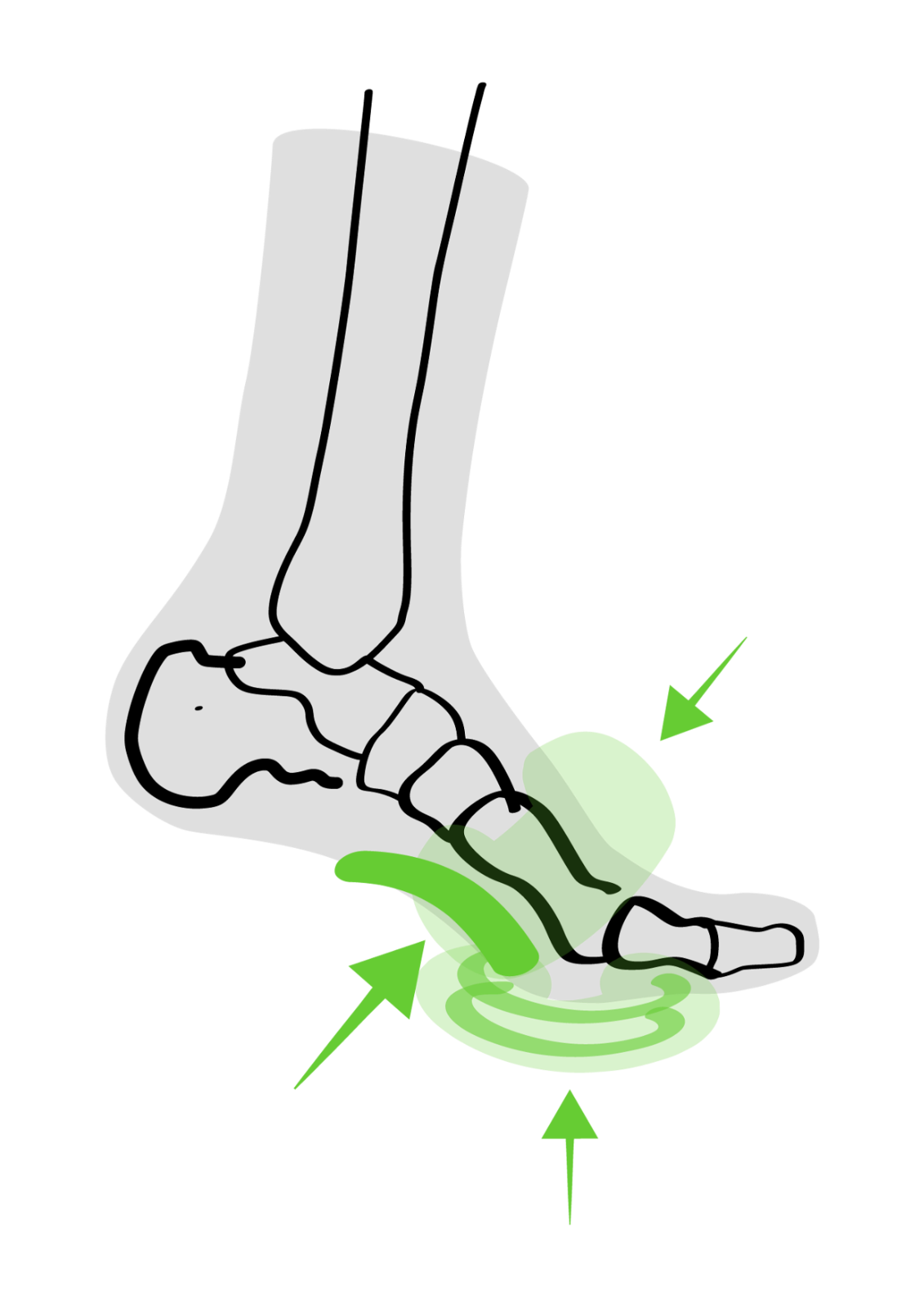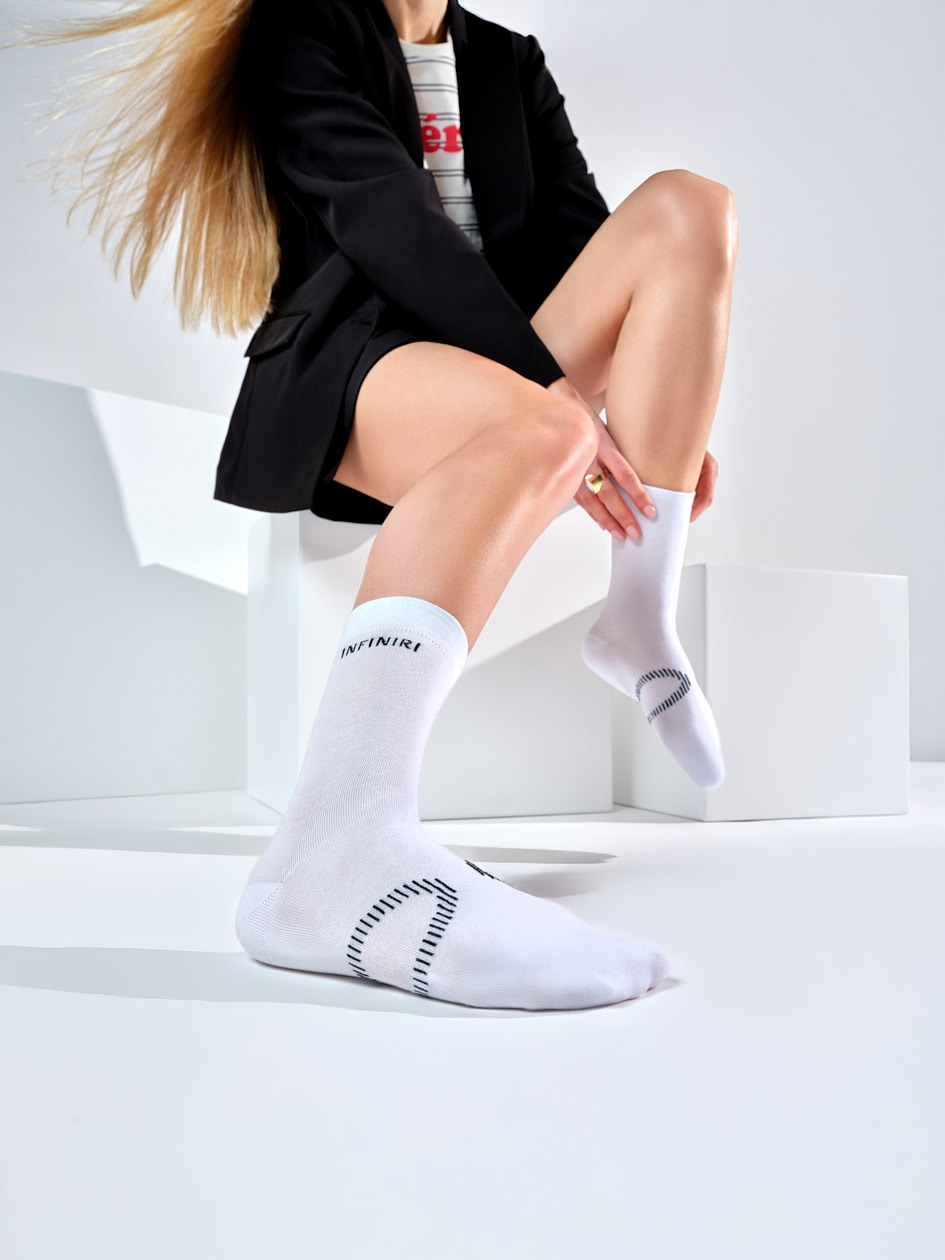"Hallux" refers to the big toe, and "Rigidus" indicates the stiffness that occurs in the joint. It is the most commonly developed arthritic condition and can make everyday life extremely painful when not treated properly.
To ensure you’re armed with the right knowledge and information to protect and prevent your feet from Hallux Rigidus, we’re going to look at the causes, effects and treatments.

